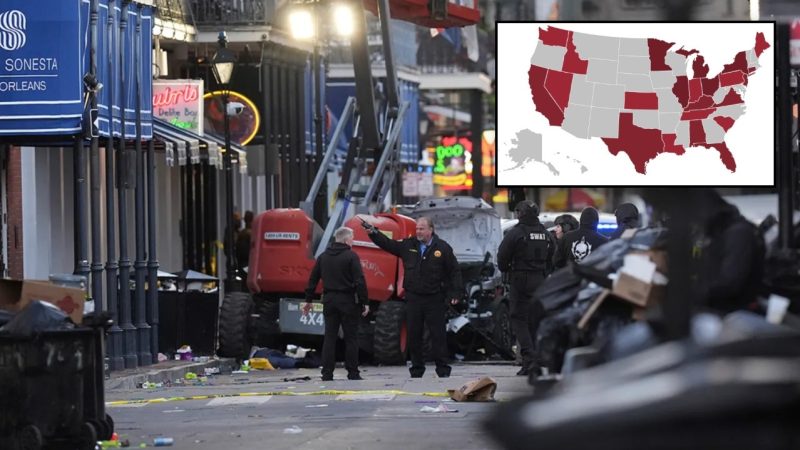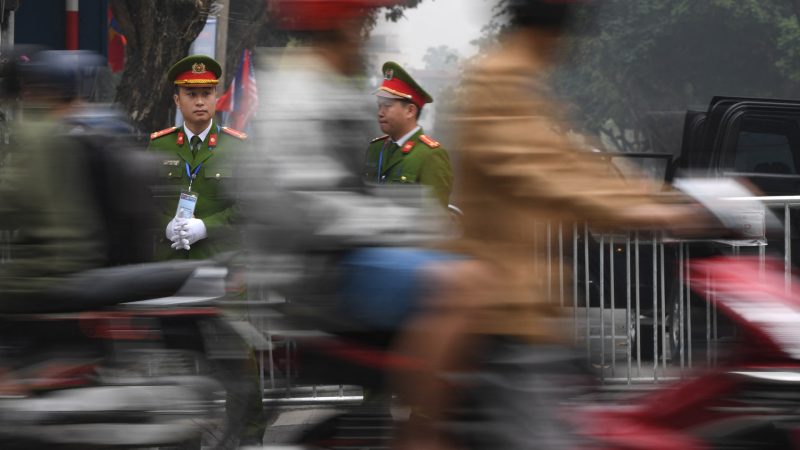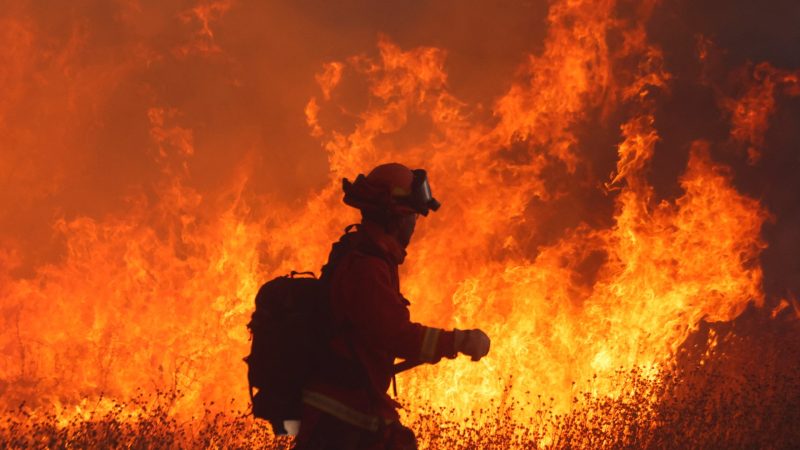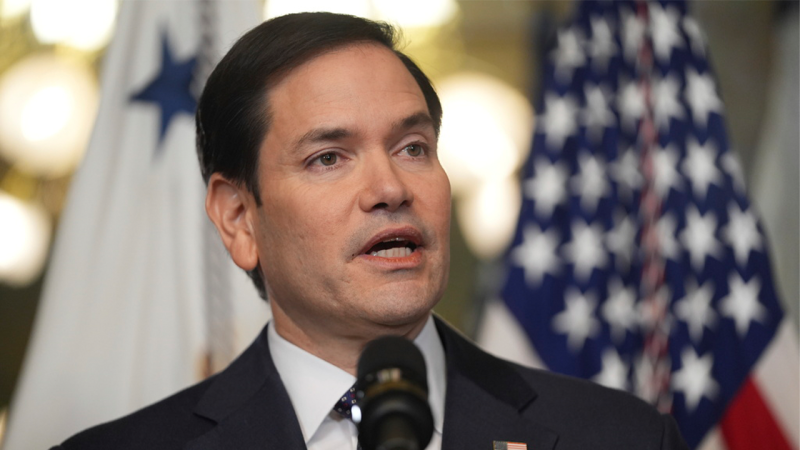Will Trudeau resign? Four paths Canada’s prime minister could take
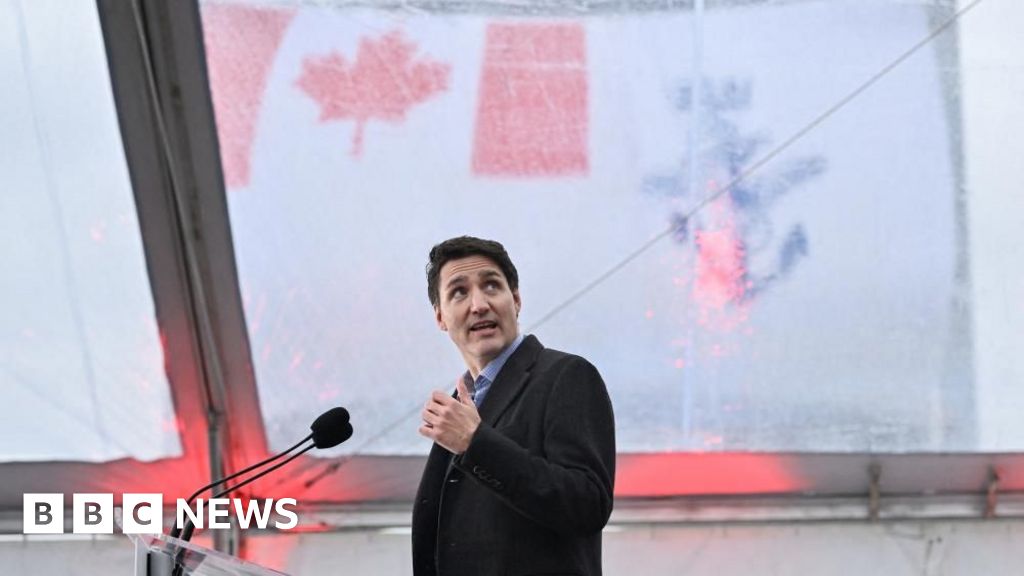
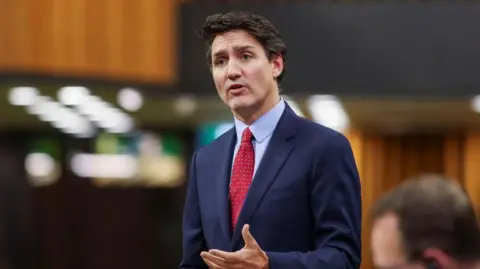 Reuters
ReutersCanadian Prime Minister Justin Trudeau’s future looks uncertain following the sudden resignation of his most senior cabinet member, a once close ally.
Chrystia Freeland – the former deputy prime minister and finance minister – quit her posts on Monday with an open letter to Trudeau, in which she outlined disagreements she had with him on spending and “the best path forward for Canada”.
These disagreements, she said, were underscored by the threat of tariffs on Canadian goods from incoming US President Donald Trump – tariffs that economists say could deal Canada a devastating economic blow.
Questions are now being asked on Parliament Hill, including by some members of his own Liberal Party, about whether he is able to lead at this critical juncture.
He faces a few options on how to move forward.
Heed the calls for him to resign
Trudeau has been leader of the Liberal Party of Canada since 2013, and Canada’s prime minister for just over nine years, since 2015.
Under the party’s constitution, the leader can tender his or her resignation at any time. If it is effective immediately, an interim leader is appointed until party members can convene and vote on a new permanent leader.
Trudeau could also choose to stay in his post until that new leader is elected.
Once a new leader is appointed, Trudeau would have to relinquish his prime ministerial powers and hand them over to his successor.
Hang on and weather the storm
Trudeau is not signalling that he will voluntarily resign any time soon.
In an emergency meeting with his caucus following Freeland’s departure, Trudeau told fellow Liberal members of parliament (MPs) – including some who had directly called for him to step down – that he would take time to reflect, according to multiple reports.
And in a holiday speech to Liberal Party faithful on Tuesday, he acknowledged politics came with “big challenges” but said: “In difficult times, it’s not time to stop. It’s time to be ambitious, audacious.”
Trudeau has been under pressure since the summer, due to his plummeting approval ratings and a series of special election losses of once-safe Liberal seats that suggest major troubles for his party.
In October, he faced a small caucus revolt, with 24 MPs signing a letter calling for his exit.
Polls indicate that if a Canadian federal election were to be held today, the official opposition Conservative Party would be handed a decisive victory.
Trudeau has held on despite these troubles and has repeatedly vowed to run again as Liberal leader in the next election.
Only 13 out of 153 Liberal MPs have so far openly called for him to leave – nearly half of them are not seeking re-election themselves, according to tracking by CBC News.
Still, under the party’s constitution, the leader’s position can only be formally put to a vote by members following an election loss.
A no-confidence vote launches an election
Riding high in opinion polls with a double-digit lead, the Conservatives have tried for months to trigger an election by tabling a series of no-confidence votes in the House of Commons.
If a government loses a confidence motion or vote in the House, it is expected to resign or seek the dissolution of parliament, triggering a federal election.
The government needs the backing of a majority of the 338 members of parliament in a no-confidence vote. The Liberals are 17 seats shy of that.
The Conservative efforts failed after either the NDP or the Bloc Québécois backed the Liberals in return for support pushing forward their own respective political priorities.
With parliament adjourning for the holidays on Tuesday, Trudeau will not be facing the threat of another confidence motion until at least late January.
On Monday, NDP leader Jagmeet Singh for the first time called on Trudeau to resign, making the Liberal hold on power look increasingly shaky.
The NDP’s House leader told broadcaster the CBC that its members would vote in favour of a no-confidence motion if the prime minister was still leader in the New Year.
Prorogue parliament to avoid a no-confidence vote
One way Trudeau could avoid the vote is by proroguing parliament – essentially a suspension that would stop all proceedings, including debates and votes, without dissolving parliament.
While a routine part of parliamentary procedure, it is sometimes used by governments to buy time during a political crisis.
Parliament was most recently prorogued by Trudeau in August 2020, when his government was facing an ethics scandal over its handling of a contract with a charity.
It was also used to avoid a no-confidence vote by Trudeau’s predecessor, Conservative Prime Minister Stephen Harper, who prorogued parliament in December 2008 when federal opposition parties sought to form a coalition government.
Parliament resumed in January 2009. By then the coalition had fallen apart, allowing Harper to remain in power.
Whatever Trudeau decides to do, an election in the coming months is inevitable.
Canada must hold its next election on or before October, and ultimately, it may be voters who end up deciding his future.
